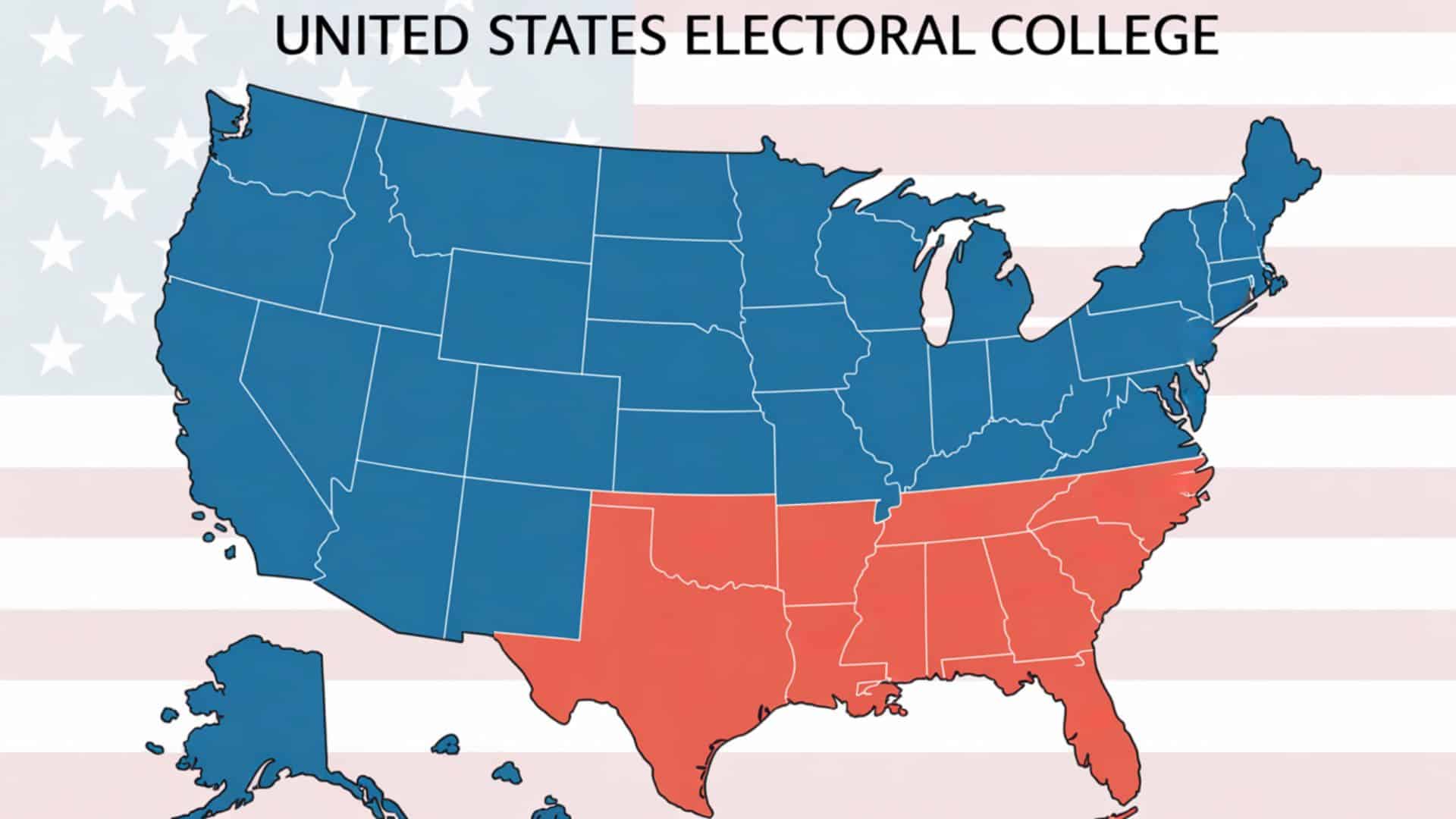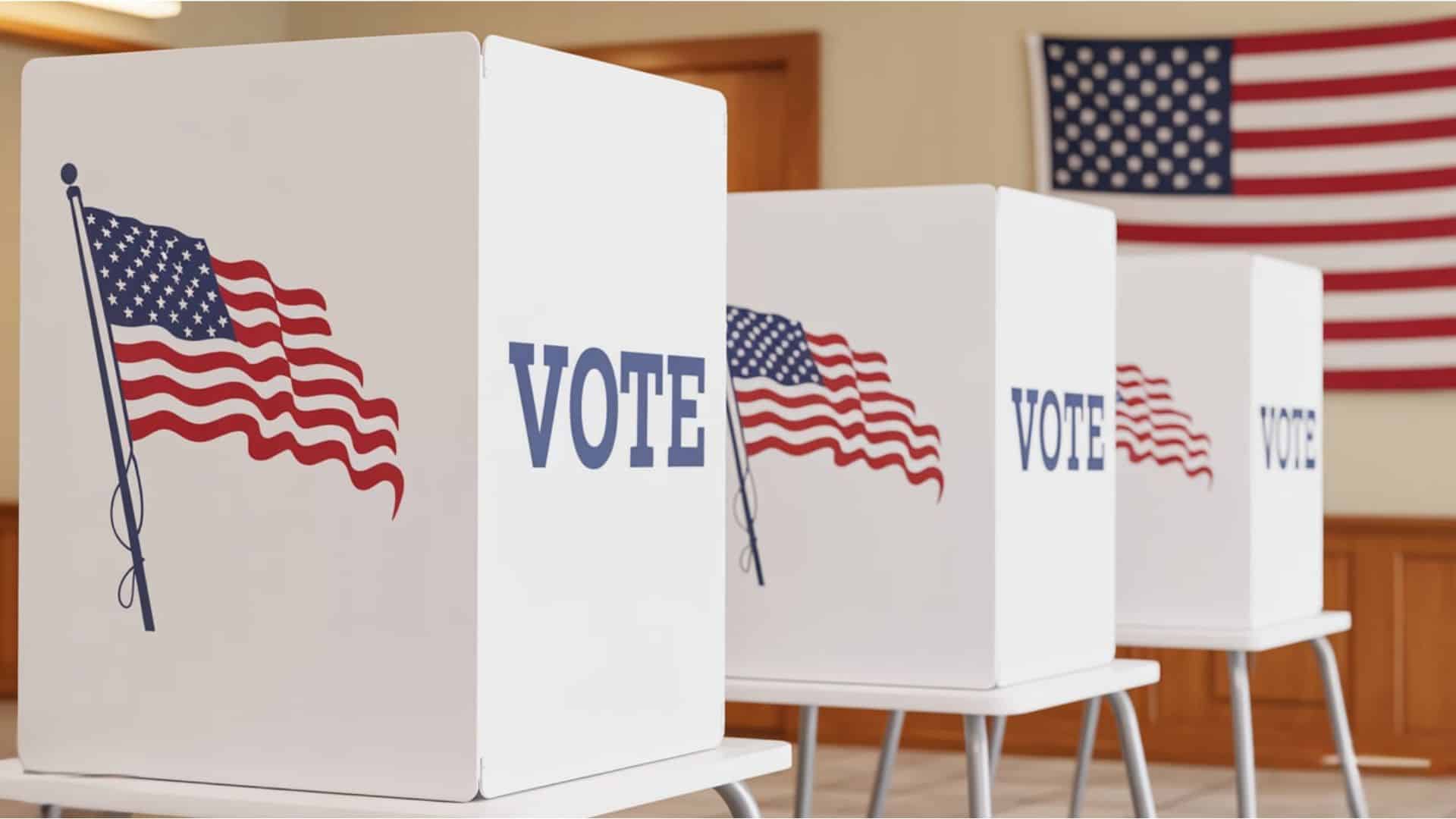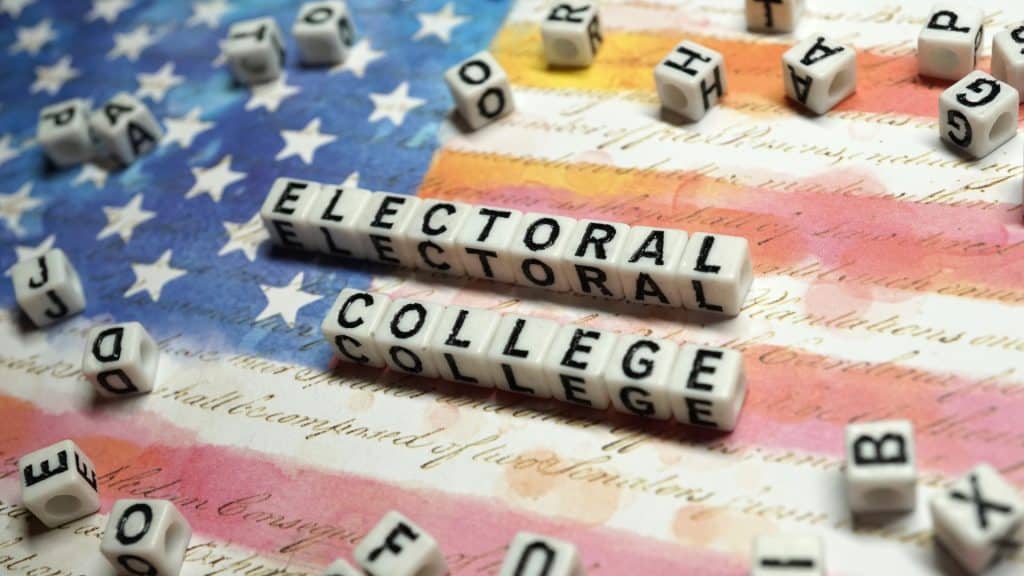Have you ever wondered why presidential candidates can win the most votes nationwide yet still lose the election?
This puzzling scenario occurs because America doesn’t choose presidents through direct popular voting.
Instead, the country employs a unique system called the Electoral College, which has shaped elections for over two centuries.
This method often confuses voters who expect the candidate with the most votes to win.
The Electoral College sparks intense political debates, with some defending it as a vital safeguard for smaller states, while others criticize it as undemocratic.
In this blog, I’ll explain how the Electoral College works and examine both sides of the ongoing debate.
What Is the Electoral College?
The Electoral College is the formal system used to elect the President and Vice President of the United States. Instead of a direct popular vote, Americans vote for electors who then cast the official votes for president.
Key Facts About the Electoral College:
- Total electors: 538 (435 House + 100 Senate + 3 DC)
- Votes needed to win: 270 (majority)
- Winner-take-all: Used by 48 states
- Exceptions: Maine and Nebraska use proportional systems
Each state receives electoral votes equal to its total number of representatives in the House of Representatives. California has the most with 55 votes, while smaller states like Wyoming have just 3 votes.
The Founding Fathers created this system in 1787 as a compromise. They wanted to balance the power between large and small states while ensuring informed decision-making in presidential elections.
How Does the Electoral College Work?

The Electoral College determines America’s president through a multi-step process involving electors, state votes, and congressional certification rather than direct popular voting.
Step 1: The Popular Vote Phase
Voters cast ballots for their preferred presidential candidate on Election Day in November. However, they’re technically voting for electors pledged to that candidate.
Each state has a predetermined number of electors based on congressional representation. The candidate who wins the state’s popular vote typically receives all of the state’s electoral votes.
Step 2: Vote Allocation by State
This system often magnifies narrow state results, as even the smallest margin can award a candidate all available electoral votes.
This system allows candidates to win states by narrow margins yet still claim all electoral votes. Small vote differences can have major electoral consequences.
Step 3: December Electoral College Meeting
Electors gather in their respective state capitals during December to cast official votes for president. These meetings happen simultaneously across all states on the same day.
Electors are usually party loyalists who vote as pledged, though some have occasionally voted differently. Their votes are then certified and sent to Congress.
Step 4: Congressional Vote Counting Process
Congress meets in January to count and certify all electoral votes from every state. The Vice President presides over this joint session of both houses.
If everything proceeds normally, the candidate with 270 or more votes will become the president-elect. This process is usually ceremonial but can become contentious during disputes.
| What Happens if No Majority Exists?
When no candidate reaches 270 electoral votes, the House of Representatives chooses the president from the top three candidates. Each state delegation receives one vote, regardless of its size. The Senate simultaneously selects the vice president from the top two candidates. This contingent election process has only happened twice in American history. |
Pros & Cons of the Electoral College

The Electoral College system generates intense debate, with supporters praising federalism protection while critics highlight democratic representation flaws and unequal voting power across states.
| Pros | Cons |
|
|
This debate reflects fundamental questions about representation and democracy in America. Both sides present compelling arguments about fairness and effectiveness in modern elections.
Historical Context and Controversies
The Electoral College system has led to numerous disputed elections in American history. These controversies arise when the candidate with the most popular votes loses the presidency.
Notable Controversial Elections:
- Hayes defeated Tilden despite losing the popular vote.
- Harrison beat Cleveland with fewer total votes.
- Bush won over Gore after the Florida recount dispute.
- Trump defeated Clinton while losing the popular vote.
These disputes highlight ongoing problems with the electoral system. Each controversy damages public trust in presidential elections.
Major Reform Efforts:
- Over 700 constitutional amendments have been proposed.
- The National Popular Vote Interstate Compact is gaining support.
- Multiple states are considering proportional allocation.
Reform efforts consistently fail because smaller states oppose losing their electoral influence, while constitutional amendments require the approval of both Congress and the states.
Wrapping It Up
In summary, the Electoral College represents a complex balance between democratic ideals and federalism in American presidential elections.
This system influences campaign planning by encouraging candidates to appeal to both rural voters and concentrated urban populations.
The ongoing debate centers on whether this centuries-old compromise continues to serve modern democracy effectively.
Supporters argue that it prevents urban areas from dominating rural regions and maintains stability.
Critics argue that it undermines the principle of equal voting and can result in winners who lack popular support.
Having knowledge of how electors, state allocations, and congressional certification work helps citizens grasp their role in this process.
What aspects of this system do you think need attention or reform?






































